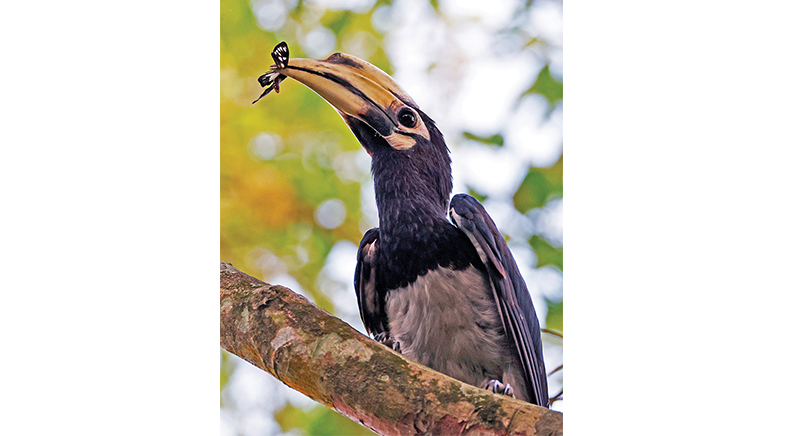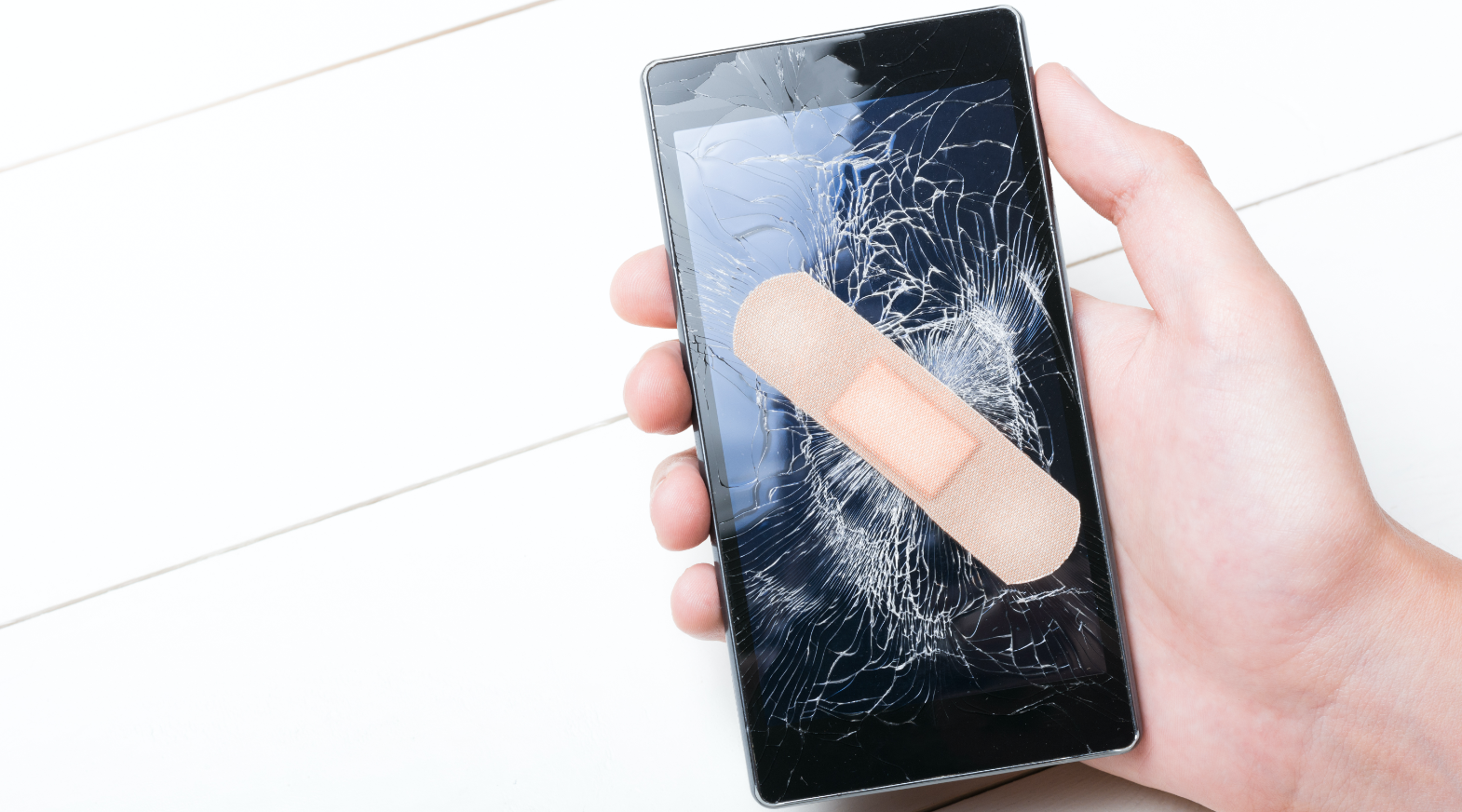The power of the quantum sensors
-
- from Shaastra :: vol 03 issue 03 :: Apr 2024

A few European start-ups and research projects provide a glimpse of the power of quantum sensors.
A sensor is a device that detects the presence of something in the environment and measures its value. Sensors in electronics devices measure temperature, pressure, a current, the level of sound, rapidity of motion, and so on. They are ubiquitous, and modern technology cannot exist without them. And yet, the sensor that Michael Holynski took with him to the North Sea in September 2023, on board the Research Vessel The Princess Royal, was something special.
Holynski is Professor of Quantum Sensing at the University of Birmingham and Principal Investigator at the UK Quantum Technology Hub Sensors and Timing. He had been developing a quantum sensor using the principles of quantum mechanics. The subtlety of quantum mechanics allows scientists to measure delicate phenomena that are impossible to detect with the best of classical sensors. At the same time, the sensitivity of a quantum sensor depends on maintaining a special environment for it. In the case of Holynski's sensor, this environment is a temperature close to absolute zero, or –273.15° Celsius, which was impossible to attain till recently.
As part of the experiment, Holynski had set out to measure tiny changes of the Earth's gravity with the position and acceleration of the vessel, as part of a future device called quantum gravimeters. Holynski had serious interests in history and geography. Growing up in England, Holynski had vacillated between history and physics before choosing physics as a career. As a physicist interested in history, he is helping archaeologists study what lies buried underground in ancient historic sites like the iconic Stonehenge. The gravity sensor became one of his tools for such work. "Gravity sensors are very good at detecting things under the ground because anything with a density difference from its environment can be detected," says Holynski.
He had been developing the quantum sensor in the lab for some time, but it needed to be tested in the field in harsh conditions. During the sea trip, the sensor was exposed to sunlight, and it was protected from rain by only a tarpaulin. Yet, it detected the acceleration of the vessel as well as minor variations in gravity as the ship moved from the harbour to the open sea. It was a validation of the cold atom interferometer technology used in the quantum sensor, the third such validation in 2023. The first was in March by the firm Vector Atomic based at Pleasanton in California. The second was in May, by researchers at Imperial College London.
In cold atom interferometers (CAI), atoms cooled by lasers are used. Another pulsed laser hits them till they exhibit quantum superposition, the situation of having two states of existence at once: the atoms stay still and recoil at the same time. The superposition gives the atoms wave-like characteristics. They are then sent on different paths and then combined, thereby generating interference patterns just as light or water waves, where two crests reinforce each other while a crest and a trough cancel out. This interference pattern is sensitive to the paths of the atoms, and therefore can be used to measure any phenomenon that can affect the interference, like gravitational field, acceleration and so on.
PAST ISSUES - Free to Read


Have a
story idea?
Tell us.
Do you have a recent research paper or an idea for a science/technology-themed article that you'd like to tell us about?
GET IN TOUCH














